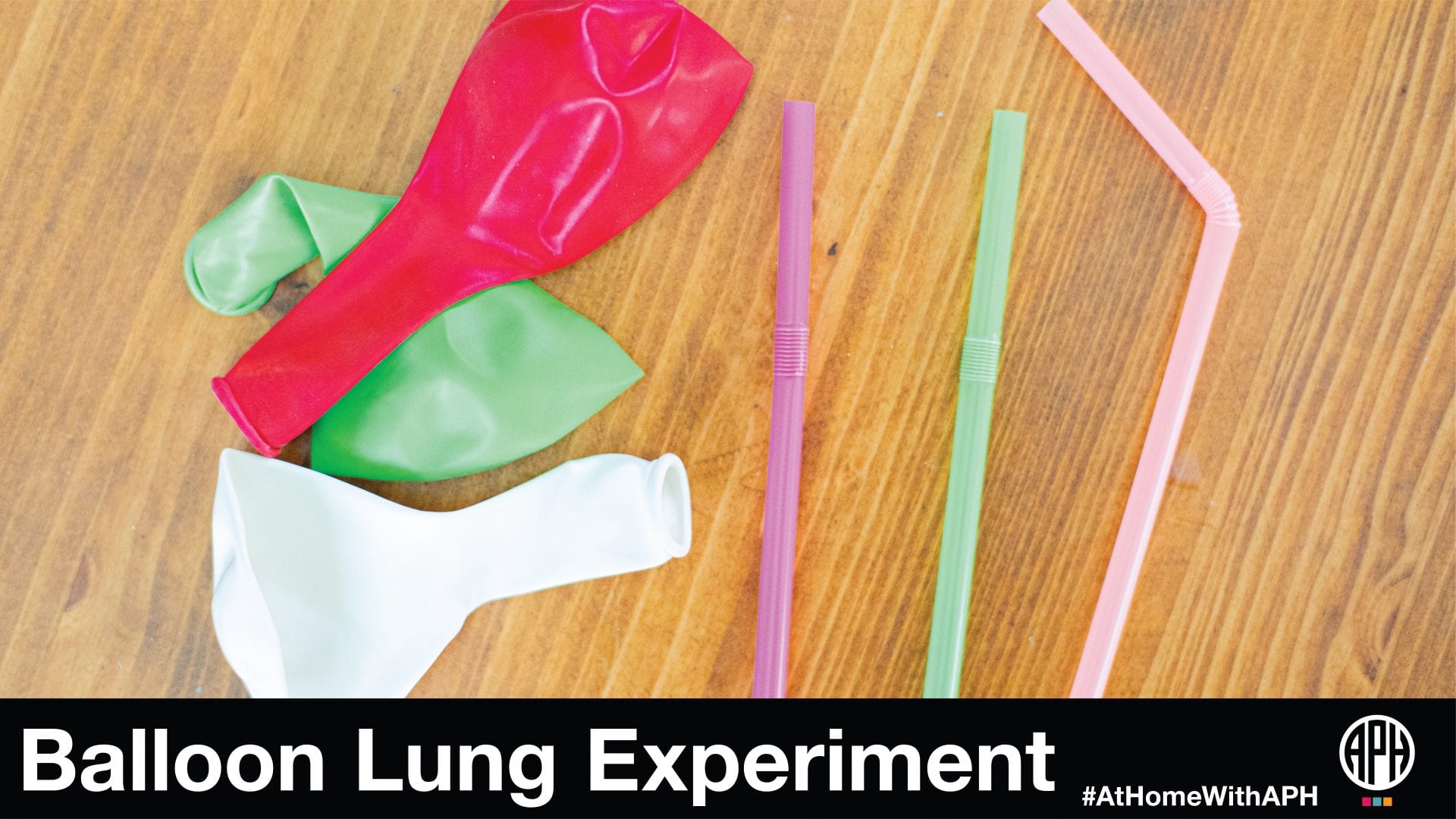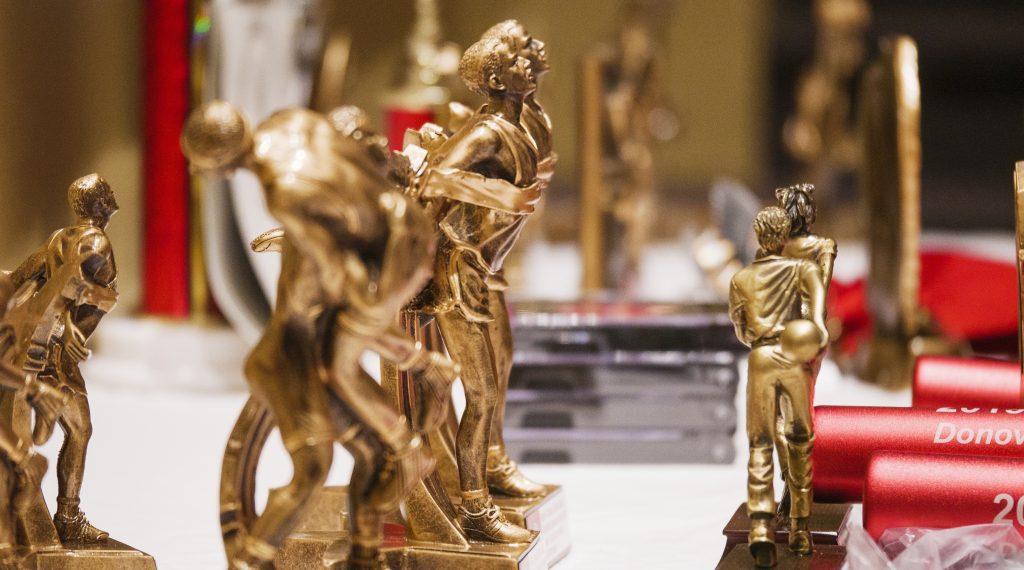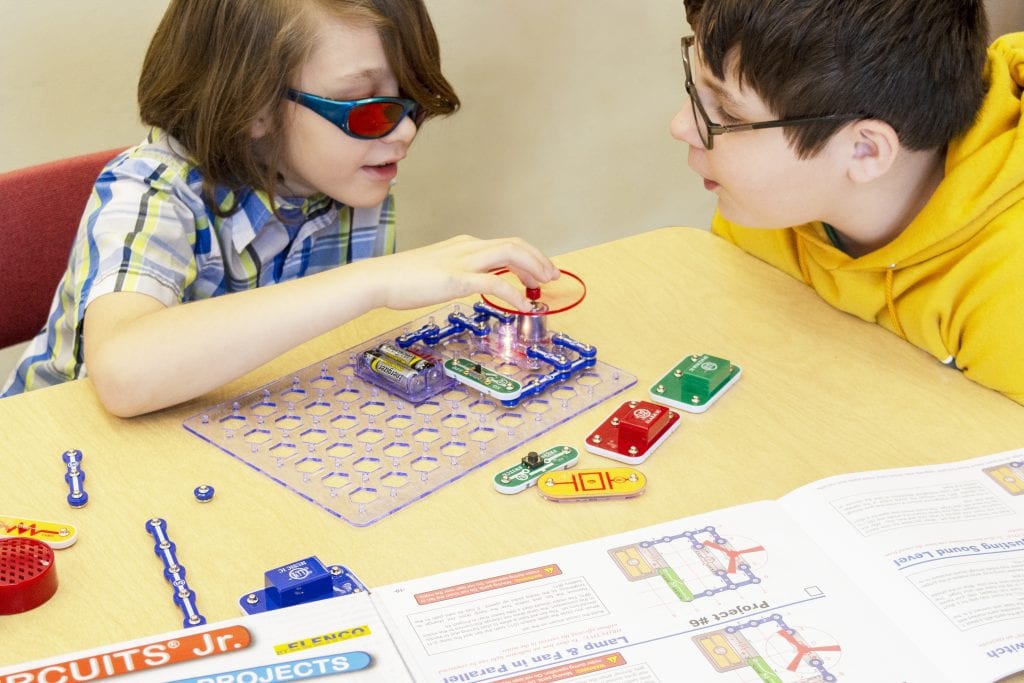Balloon Lung Activity

Appropriate for Elementary School students
Let’s learn about our extraordinary lungs! You can simulate the action of the lungs with this simple model made from items found around the house!
Materials needed:
- 2 bendable straws
- 2 balloons or Ziploc baggies
- tape
Instructions:
Start by bending the straws and place them next to each other pointing in opposite directions (left and right); tape the straws together near the unbent ends. Next, tape a balloon or baggie to cover the straw openings near the bent ends. Make sure you get a tight seal and that no air leaks out. Now you’re ready to simulate breathing by alternately blowing into the straws, inflating the balloons (or baggies) and then allowing the air to flow out. Explain to your child that the straws represent the windpipe which branches into two bronchi leading to each lung. The balloons or baggies represent the lungs which is where the exchange of oxygen for carbon dioxide takes place.
For more resources please check out our #AtHomeWithAPH resource list for free and accessible activities, tips, webinars, and more from APH, our partners, and the field at large. Have a free and accessible resource you would like us to include? Email us at communications@aph.org to tell us about it!
Share this article.
Related articles

Exploring the World of Adapted Physical Education: Enhancing Inclusivity for Blind and Visually Impaired Students: Overcoming Challenges and Addressing Concerns
Parents and physical education teachers may hesitate when it comes to allowing their child or student who is blind or...

10 STEM Products for Inclusive Classrooms
This blog was originally published in 2019 as “8 STEM Products for Inclusive Classrooms.” It has been updated to include two...

What Does Accessibility Mean to You?
Have you ever considered how something that many people use every day, like a kitchen appliance, social media platform, or...
